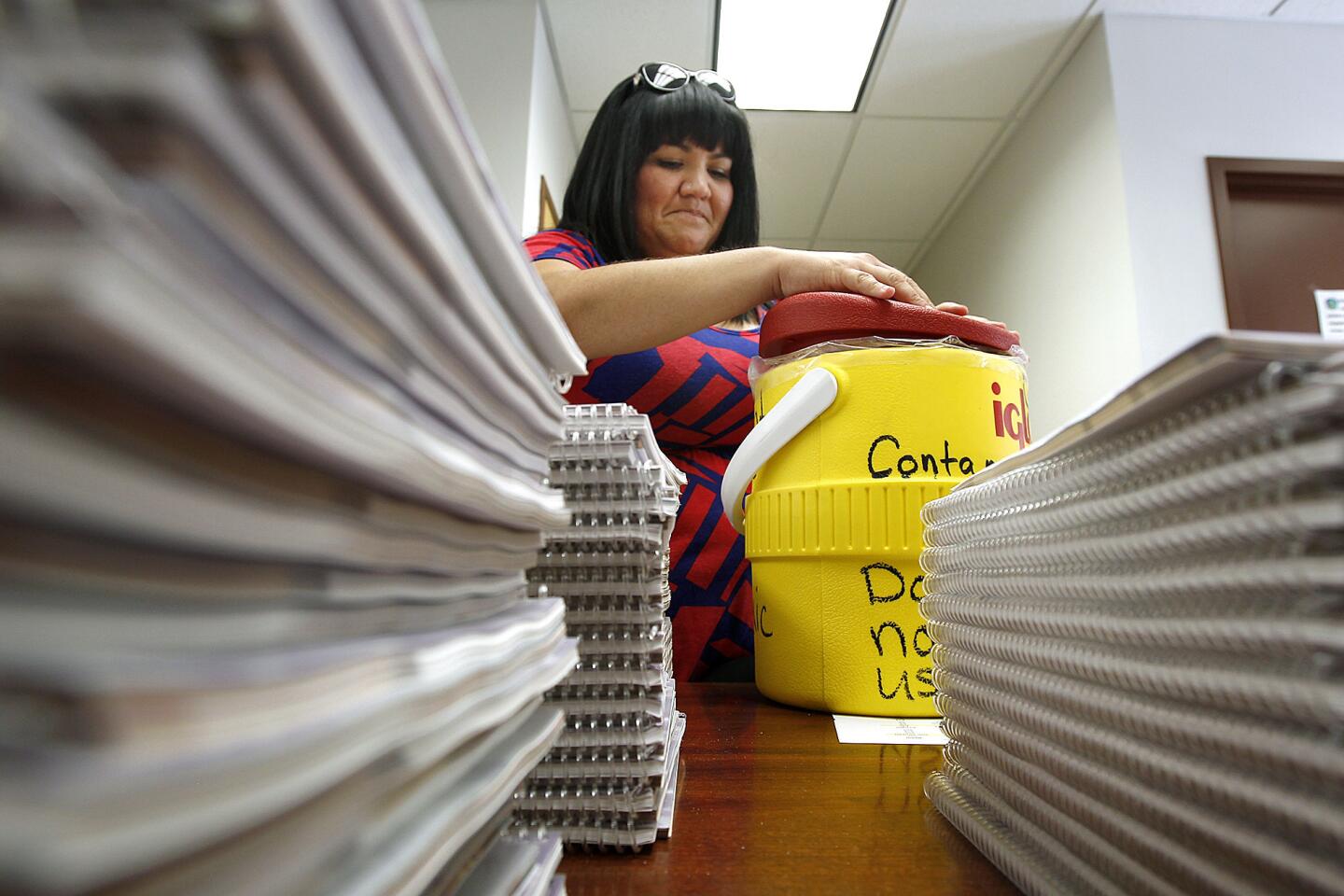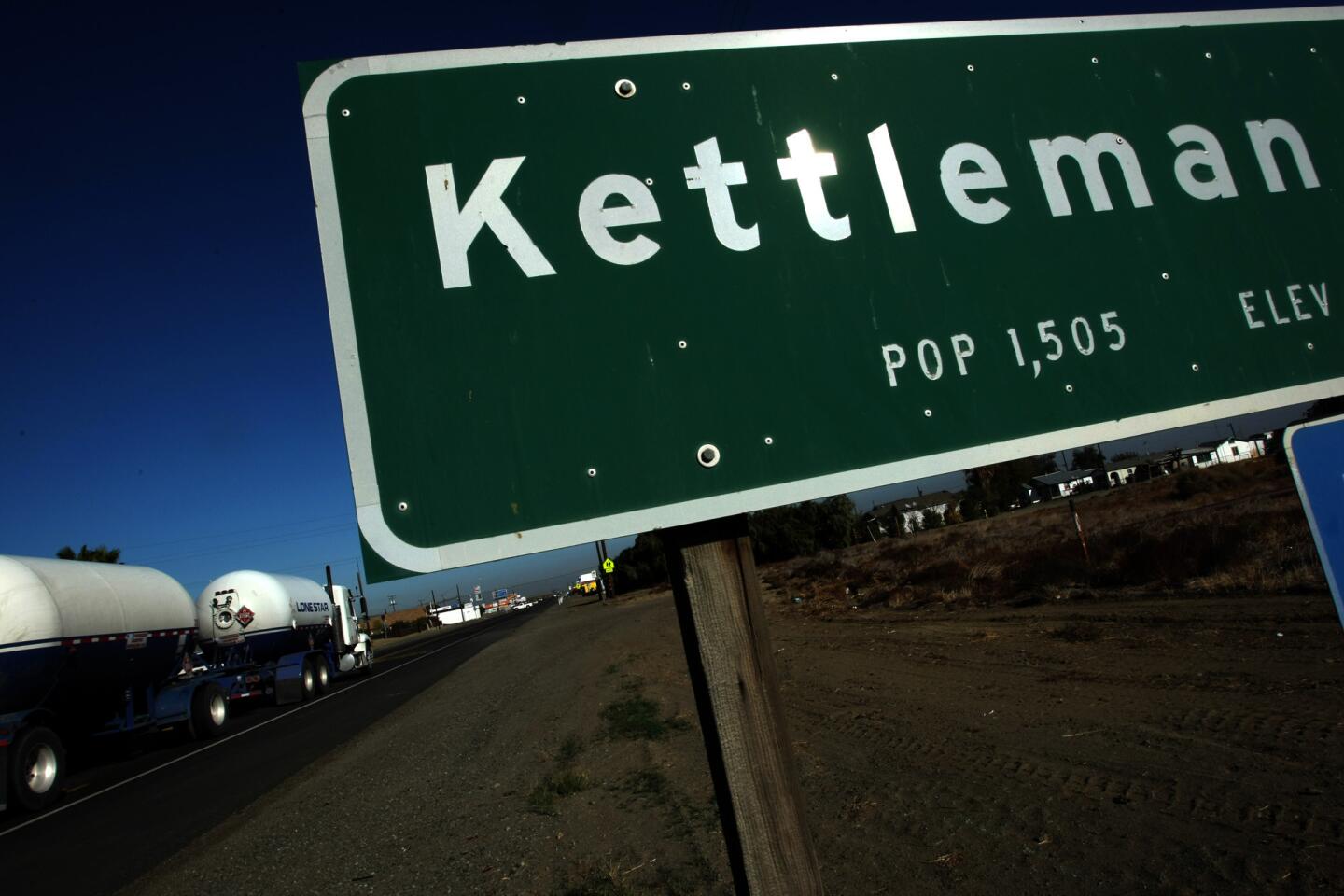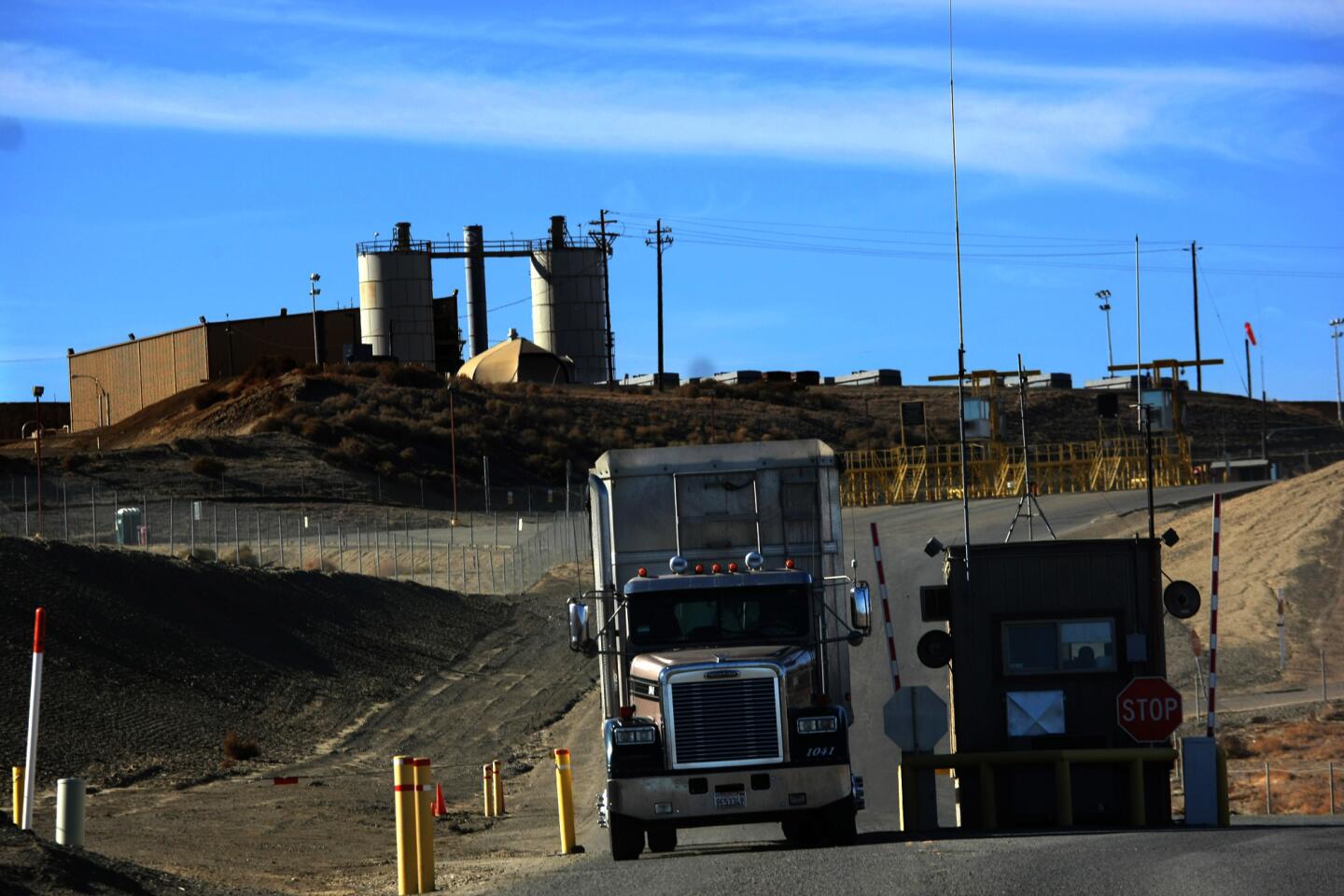L.A. Now Live: State fails to keep track of hazardous waste
Join us at 9 a.m. when we talk with reporter Jessica Garrison about California’s failure to track toxic waste.
The state regularly fails to keep track of thousands of tons of dangerous chemicals and toxic metals shipped for disposal on the state’s roads and railways, a Times investigation found.
On paper, California’s rules on handling hazardous waste are among the strictest in the nation. The cornerstone is a “cradle-to-grave” tracking system designed to protect people and the environment by documenting the whereabouts, at every step, of 1.7 million tons of hazardous waste shipped for disposal annually.
From dry cleaners to heavy manufacturers, businesses that generate waste must report every load they ship. Disposal and treatment facilities must record the waste’s safe arrival. And the state Department of Toxic Substances Control is required to track every ton to make sure it isn’t dumped illegally along the way.
That’s how the system is supposed to work. But it doesn’t.
There are huge holes in the department’s database. Regulators make only limited use of what information is available. And the system does not automatically flag potential problems.
The result: Regulators lose track of large quantities of toxic chemicals and cancer-causing metals.
The department cannot account for 174,000 tons of hazardous material shipped for disposal in the last five years, a Times analysis found. That’s more than 23,000 truck or tanker loads.
The state database shows they were shipped but gives no indication they arrived at their intended destinations -- many of which are out of state.
These so-called lost loads include more than 20,000 tons of lead, a neurotoxin; 520 tons of benzene, a carcinogen; and 355 tons of methyl ethyl ketone, a flammable solvent some in the industry call “methyl ethyl death.”
More to Read
Start your day right
Sign up for Essential California for news, features and recommendations from the L.A. Times and beyond in your inbox six days a week.
You may occasionally receive promotional content from the Los Angeles Times.












